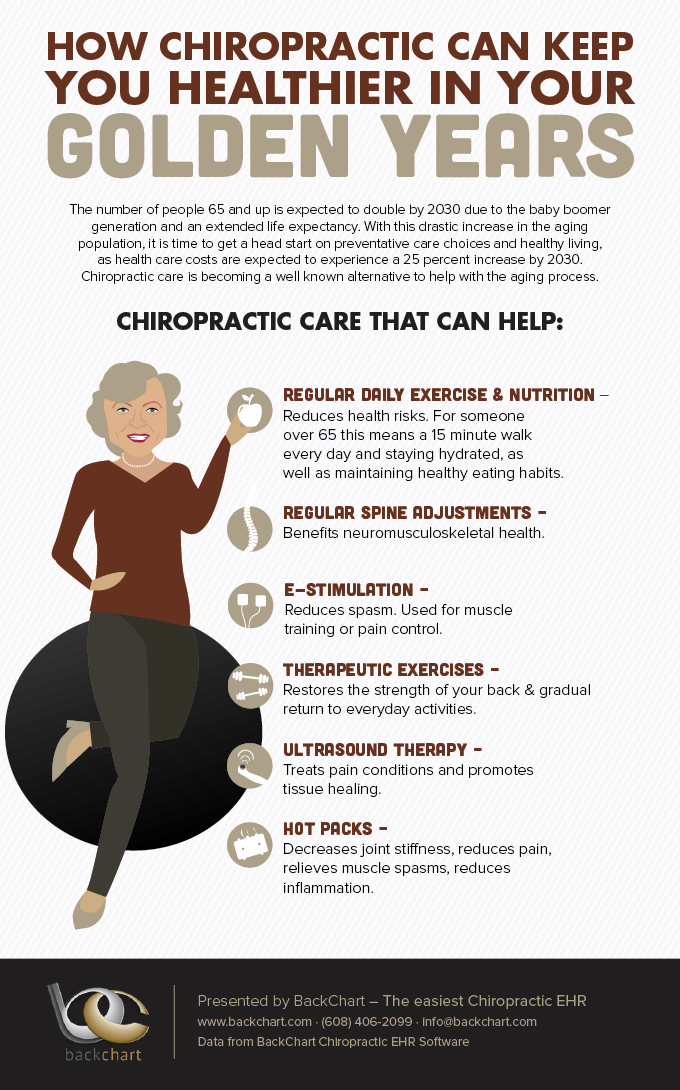How Does Cold Laser Treatment Maximize Light To Improve Recovery, And What Impressive Growths Can We Anticipate In The World Of Pain Management?
How Does Cold Laser Treatment Maximize Light To Improve Recovery, And What Impressive Growths Can We Anticipate In The World Of Pain Management?
Blog Article
Composed By-Ennis Lynge
When considering different therapies, cold laser treatment attracts attention because of its one-of-a-kind approach to recovery. By using specific wavelengths of light, it targets mobile functions and promotes healing in a non-invasive way. This approach not only improves ATP manufacturing but also help in decreasing inflammation and pain. As research remains to unfold, the implications for recovery and discomfort administration could be significant. What does this mean for future therapy options?
The Devices of Cold Laser Treatment
Cold laser therapy, likewise called low-level laser therapy (LLLT), functions by boosting cellular function via the application of certain wavelengths of light.
When the laser light penetrates your skin, it connects with the mitochondria in your cells, raising ATP manufacturing. This boost in ATP stimulates your cells, promoting healing and regrowth.
The light likewise influences cell membranes, boosting their leaks in the structure and promoting vitamins and mineral absorption while getting rid of toxins. Furthermore, cold laser therapy triggers the release of endorphins and minimizes inflammation, aiding your body respond more effectively to injury.
You'll experience boosted blood circulation as the therapy promotes capillary growth, guaranteeing that oxygen and nutrients reach damaged cells more successfully.
Understanding these mechanisms can assist you value its possibility in promoting recovery.
Potential Benefits of Cold Laser Therapy
When thinking about options for discomfort relief and recovery, you might locate cold laser therapy to be an attractive choice. https://greatist.com/health/how-to-get-rid-of-dark-spots-on-face -invasive technique can help reduce inflammation, reduce discomfort, and promote cells repair.
https://coldlasertechnique06654.blogunok.com/34517208/a-deep-study-cutting-edge-laser-treatment-new-developments-and-their-benefits report quicker healing times from injuries and surgeries after undertaking cold laser treatment. It's specifically advantageous for conditions like joint inflammation, tendonitis, and muscle stress.
You might likewise appreciate that it has very little side effects compared to drugs. Furthermore, cold laser treatment can improve flow, which helps in supplying nutrients and oxygen to harmed locations.
Current Research Study and Professional Applications
As interest in cold laser therapy grows, scientists are discovering its various applications and efficiency in medical settings. You'll discover research studies examining its function suffering monitoring, wound recovery, and reducing swelling.
In physical therapy, practitioners use cold laser treatment to enhance recuperation in sports injuries, while dental professionals are discovering it valuable for dealing with dental discomfort and gum problems. Recurring trials are examining its potential in dealing with problems like joint inflammation and neuropathy.
These researches aim to establish standard protocols and dosages, ensuring safety and efficiency. As please click the next page arises, you might see cold laser treatment coming to be a staple in both rehab and pain management, offering patients a non-invasive alternative that enhances traditional treatments.
Conclusion
Finally, cold laser treatment offers an appealing technique to healing by using particular wavelengths of light to enhance cellular functions and advertise healing. With benefits like improved blood flow, reduced swelling, and pain relief, it's ending up being an important choice for numerous problems. As research continues to develop standardized procedures, you can look forward to greater acceptance of this non-invasive treatment in recovery practices and pain monitoring techniques, making it a possible game-changer for lots of clients.
